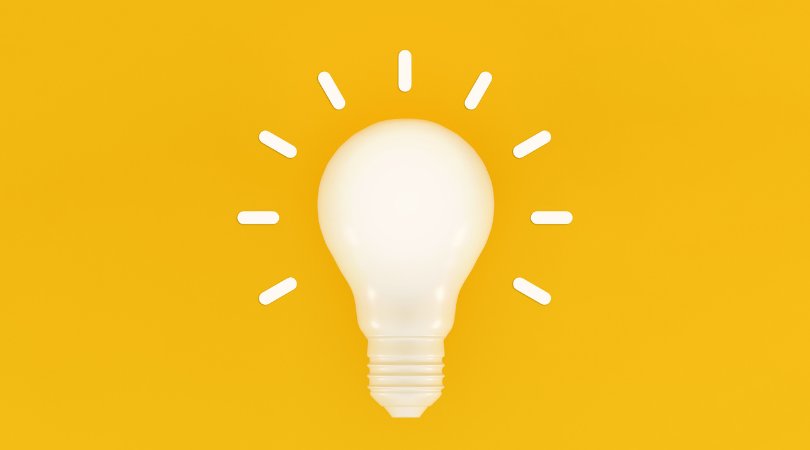
For the past three weeks a client of mine has come into our session room and turned off the light.
He’ll turn it off, then turn it on. Then he’ll play with the dimmer and make the light brighter…then darker.
Then he’ll turn the light off again.
Each time he did this I would respond by turning the light on and encouraging him to sit down so we could start the session.
This happened for a few weeks until finally…the light bulb went on for me. (Like that? :))
The light was too overstimulating for him.
This client is non verbal, but he was communicating with me very well.
He was telling me the light was too bright and he preferred it to be off.
Since then, we’ve turned the light off in the room and allowed the light from the hallway and windows to provide a nice soft glow.
It was a simple change, but a significant one.
Since I’ve made that change, this client has been more focused and attentive to me during our sessions.
This client is on the autism spectrum. I think he had to use his attentional resources to block out the light because it was overstimulating, therefore it was hard for him to focus his attention on me during the session.
Between the bright lights, the buzzing fan, the voices outside, and the clock ticking, there are a lot of things that in combination provide a very overstimulating environment.
If we can remove at least one of those distracting or overstimulating variables this might assist in helping individuals with autism focus and participate to their maximum potential during our sessions.
I’ve tried turning the lights off (or dimming them) in some of my other sessions with children with autism and it has helped tremendously.
Have you had this happen in your sessions? If so, I’d love to hear. Leave a comment below ~



Yes. I love your message because this is a really important topic! I love that your caught on to his communication rather than creating a power struggle, thus addressing both his sensory needs and potentially reducing his frustration around communication. My lights go on and off depending on the kiddo all day long!
Hi Angie! Thanks so much for your comments. I’m glad to hear you are doing the same thing!
This has happened many times in my sessions too! I used to do most of my sessions with the lights off in the room that provided enough natural light. Sessions in that room would be more productive than my sessions at another facility without a natural light option. It’s great to learn from our clients!
Yes, it is wonderful to learn from our clients Amy! When we listen, they are communicating with us all the time, even if it’s not with words. And I myself actually prefer the natural light option to fluorescence, too!
This has also happened to me with children with autism. I think it’s an important part of the therapy to recognise it may be a power struggle between you but also that a lot of the time it’s a clear communication and a sensory issue. I often find it quite freeing and relaxing myself to continue the session in the dark! Thanks for posting something so relevant.
Oh you’re so welcome! I couldn’t agree more. It is very freeing to continue the session in the dark or with natural light and really focus on the music making happening within the session.